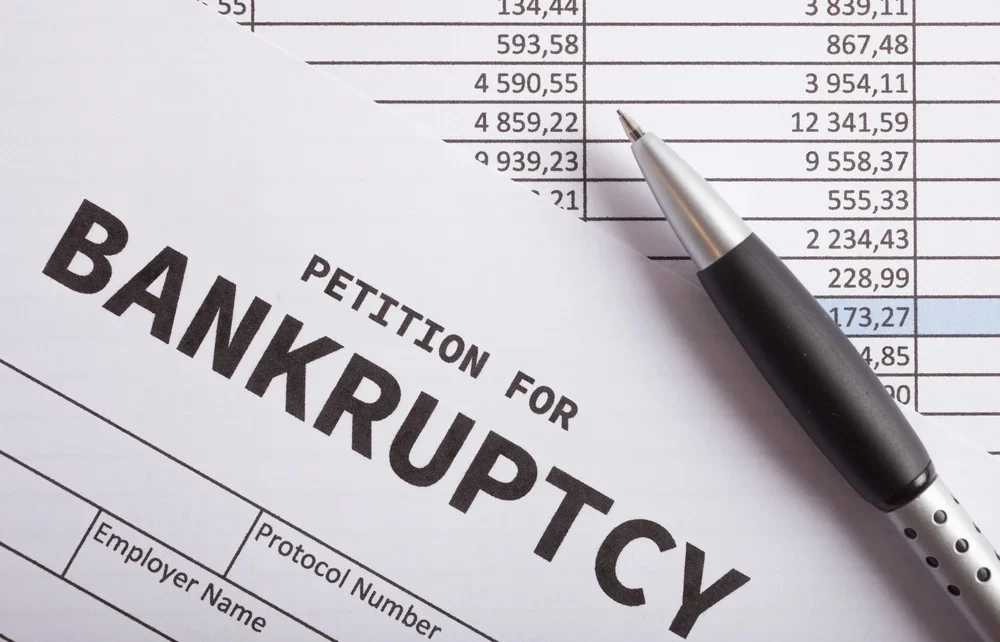Bankruptcy is an important financial decision that can provide relief from unmanageable debt. However, it must be taken seriously. If you are considering filing for bankruptcy, understand when to file to make sure it serves its purpose effectively without causing extra complications. A bankruptcy attorney at coreymillslaw.com will guide you through all the complexities of bankruptcy law, especially in Katy, Texas. They can walk you through the factors that signify the best time to file for bankruptcy and the various kinds of bankruptcy filings available.
Do You Need to Incur a Certain Amount of Debt to File for Bankruptcy?
Although there is no exact amount of debt to incur before filing for bankruptcy, many people considering this option have debts of between $a20, 000 and $75, 000. But keep in mind that some individuals file for bankruptcy with less debt while others have incurred more than $200, 000 in debt.
The decision to file is affected by many factors beyond the debt amount. These factors include your income, the kind of debts you have, your expenses, and the possibility of your financial situation to improve.
Minimum Debt to File for Bankruptcy
When it comes to bankruptcy filings, you need to incur a certain amount of debt to file. No matter how much you owe, you can file for bankruptcy as long as you meet the eligibility criteria. But filing with a small debt may not be the best choice to make. You should consider bankruptcy as a last resort. Usually, there are other options you can explore based on your financial situation. Filing for bankruptcy can have lasting effects on your credit, so try to avoid it if possible. For instance, if you have $10, 000 in debt and have a regular source of income, you may consider debt consolidation, develop a debt management plan, or negotiate with creditors. With these options, you can avoid bankruptcy’s long-term effects on your financial life and credit.
Is there a Maximum Amount to Meet?
In a Chapter 7 filing, there isn’t a maximum to the amount that can be discharged. However, Chapter 13 has certain debt limits, which are adjusted periodically based on inflation. If your debt is beyond this limit, consider filing for Chapter 13 bankruptcy.
Signs It’s Time to File
To know when to file for bankruptcy, assess the following financial indicators:
- Unmanageable debt. If you have accumulated significant debt that you cannot repay within a reasonable timeframe, filing for bankruptcy may be a good option. Consider bankruptcy if you haven’t been able to keep up with your payments every month and have been harassed by creditors.
- Frequent late and default payments. Missing payments regularly or not making minimum payments on bills can indicate the need for bankruptcy. If you have been defaulting persistently, your financial condition can worsen and creditors may take legal action against you.
- Exhausted financial resources. Have you depleted your financial resources and still fail to manage your debt? If so, bankruptcy may provide you with a structured resolution.
- Creditor legal action. If creditors are suing you, garnishing your wages, or repossessing your property, bankruptcy can offer relief by stopping such actions and possibly discharging your debts.
Factors to Consider to Know When to File
Many factors can guide your decision on the perfect time to file for bankruptcy. Examine how much you currently make every month and your expenses. Do your expenses exceed your income and you cannot meet debt obligations? If so, it may be time to file for bankruptcy. Other factors to consider include the value of your assets and your ability to protect them under exemption laws in the state. Also, take into account your future financial stability and the long-term effect of bankruptcy on your credit.





